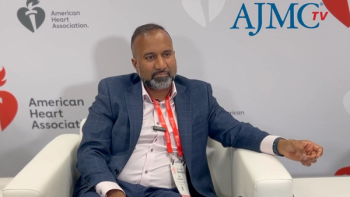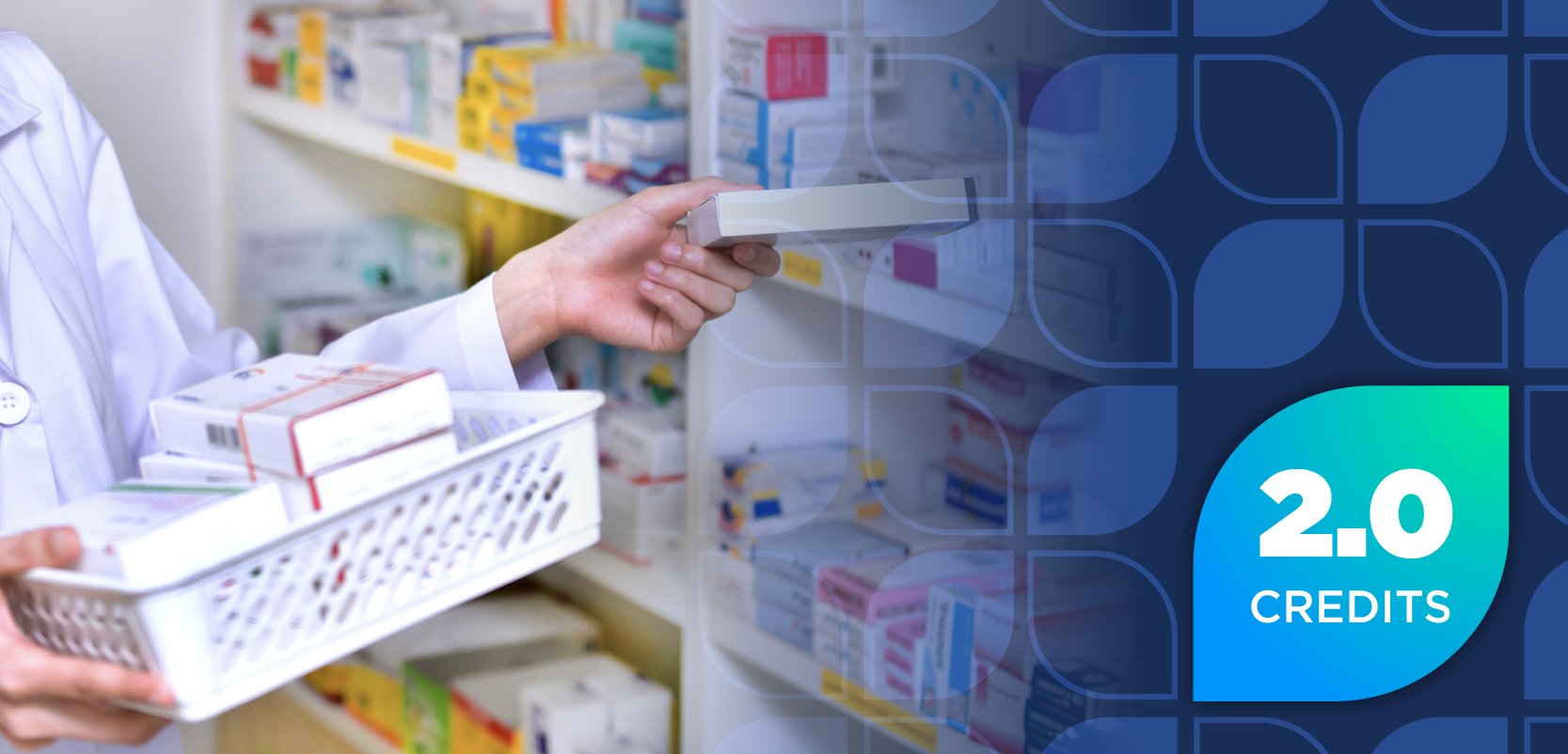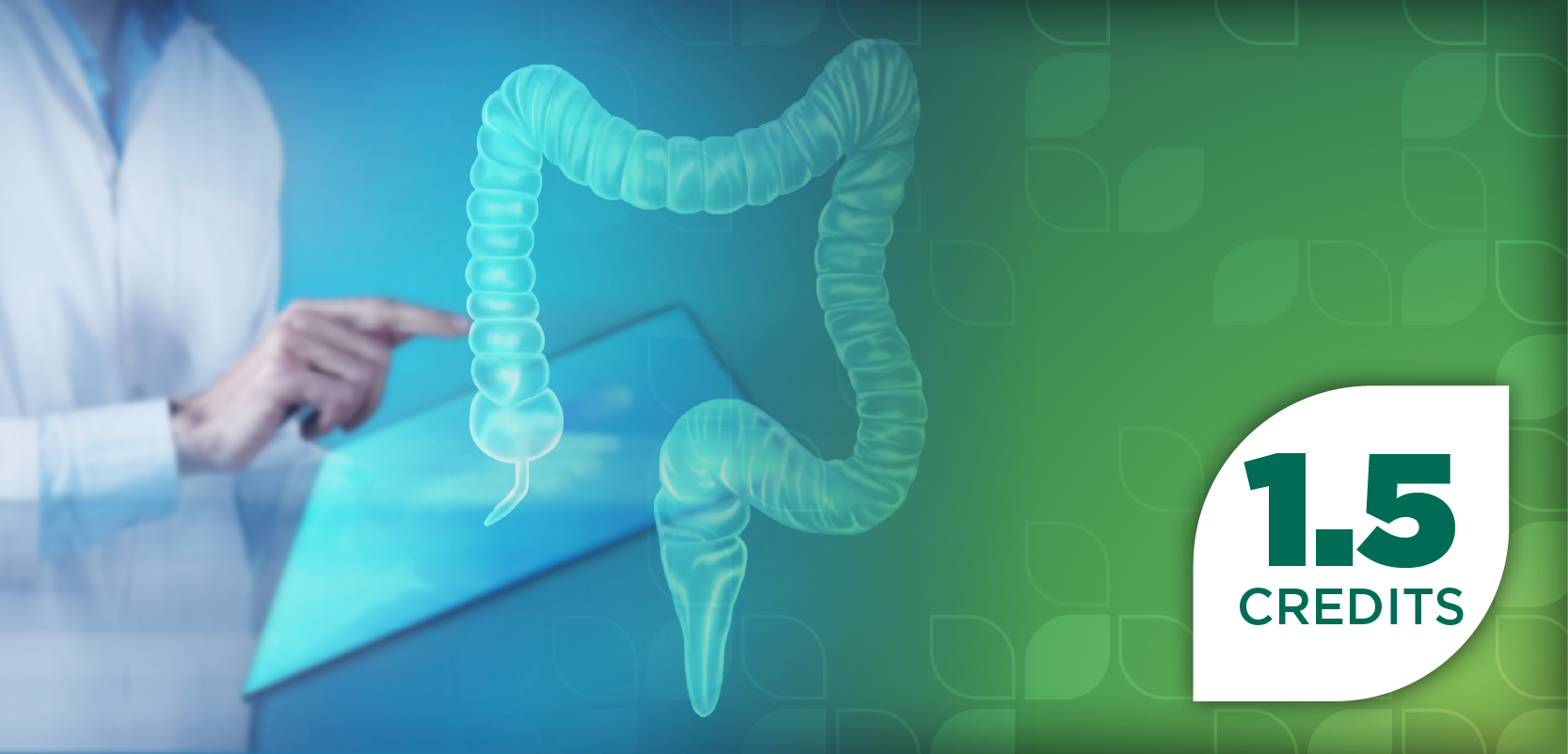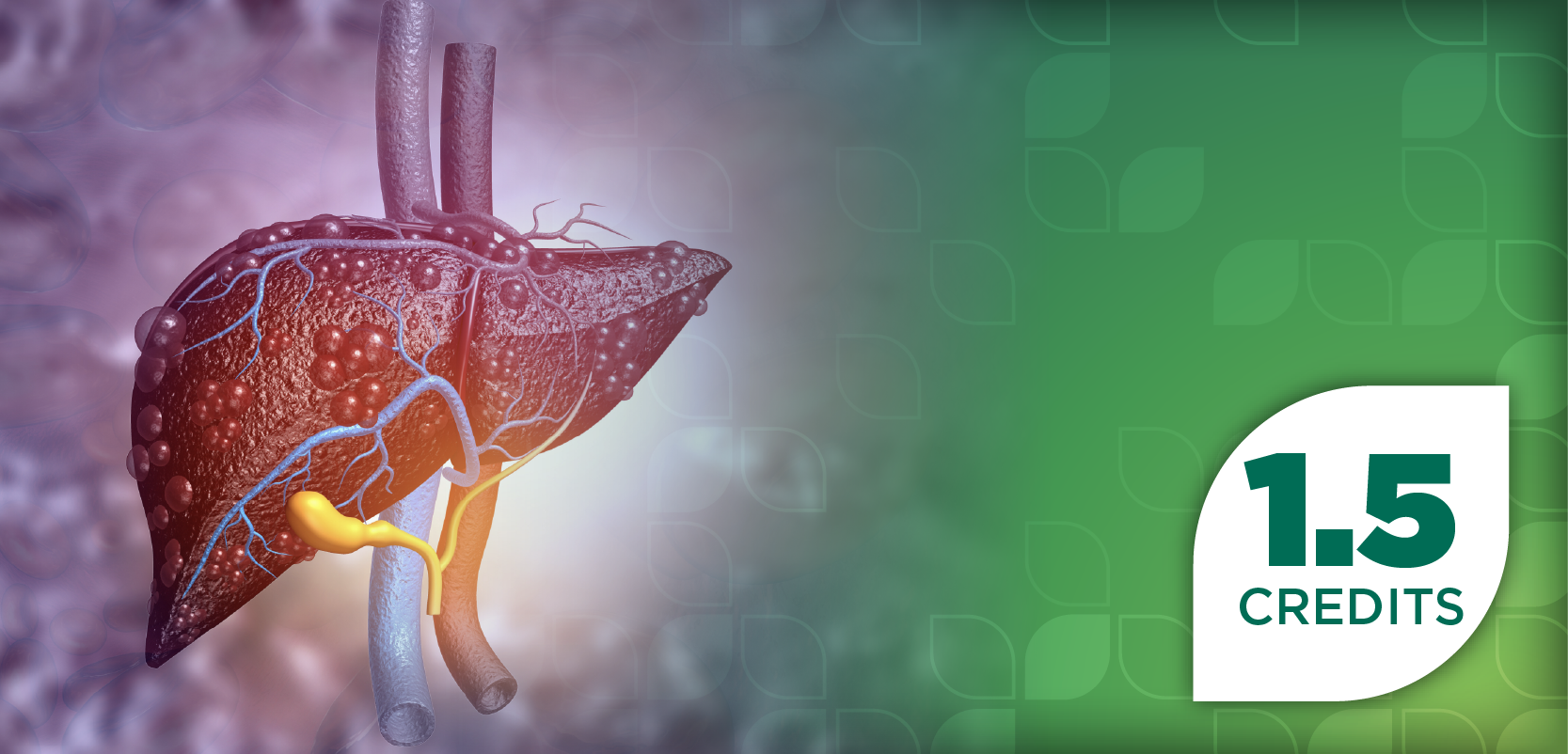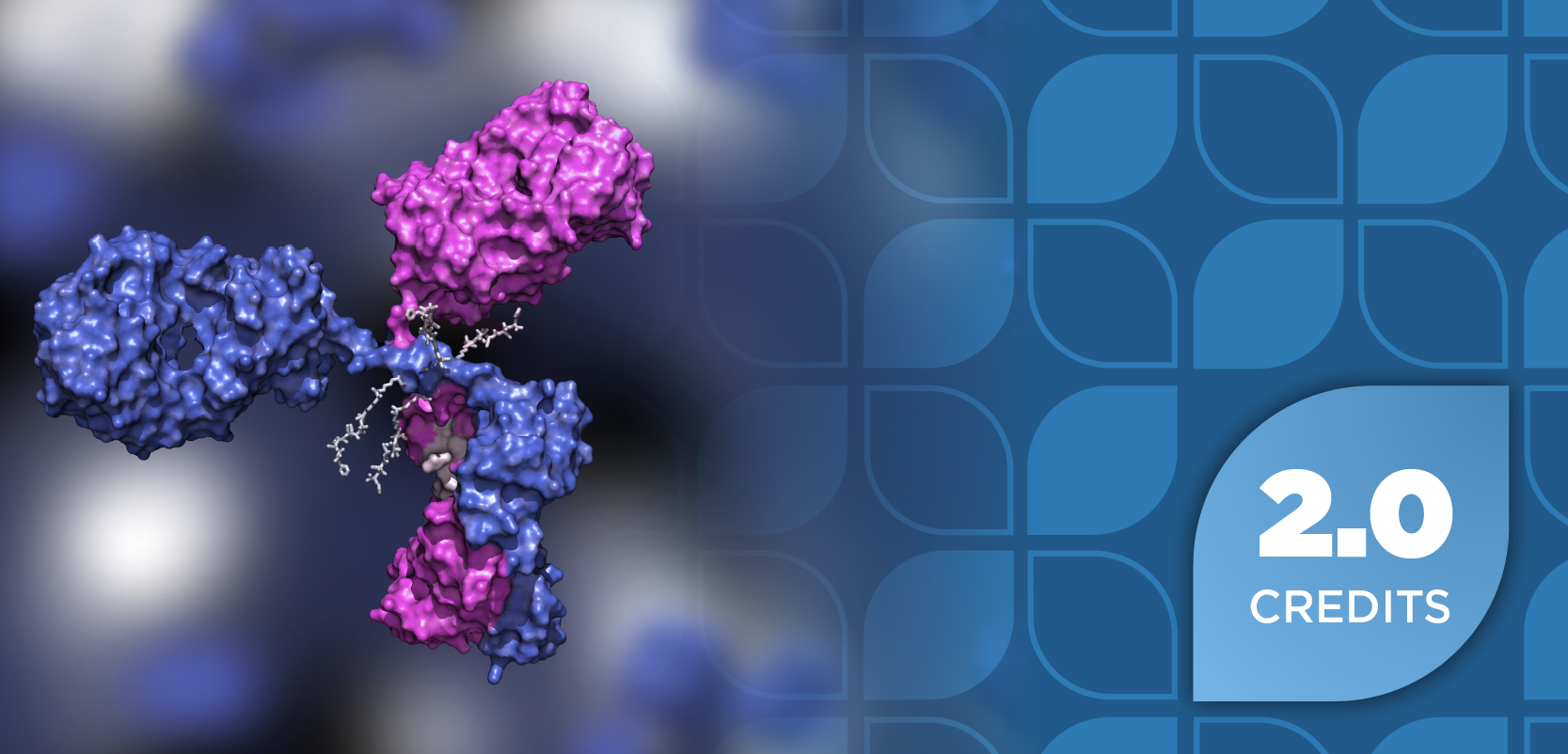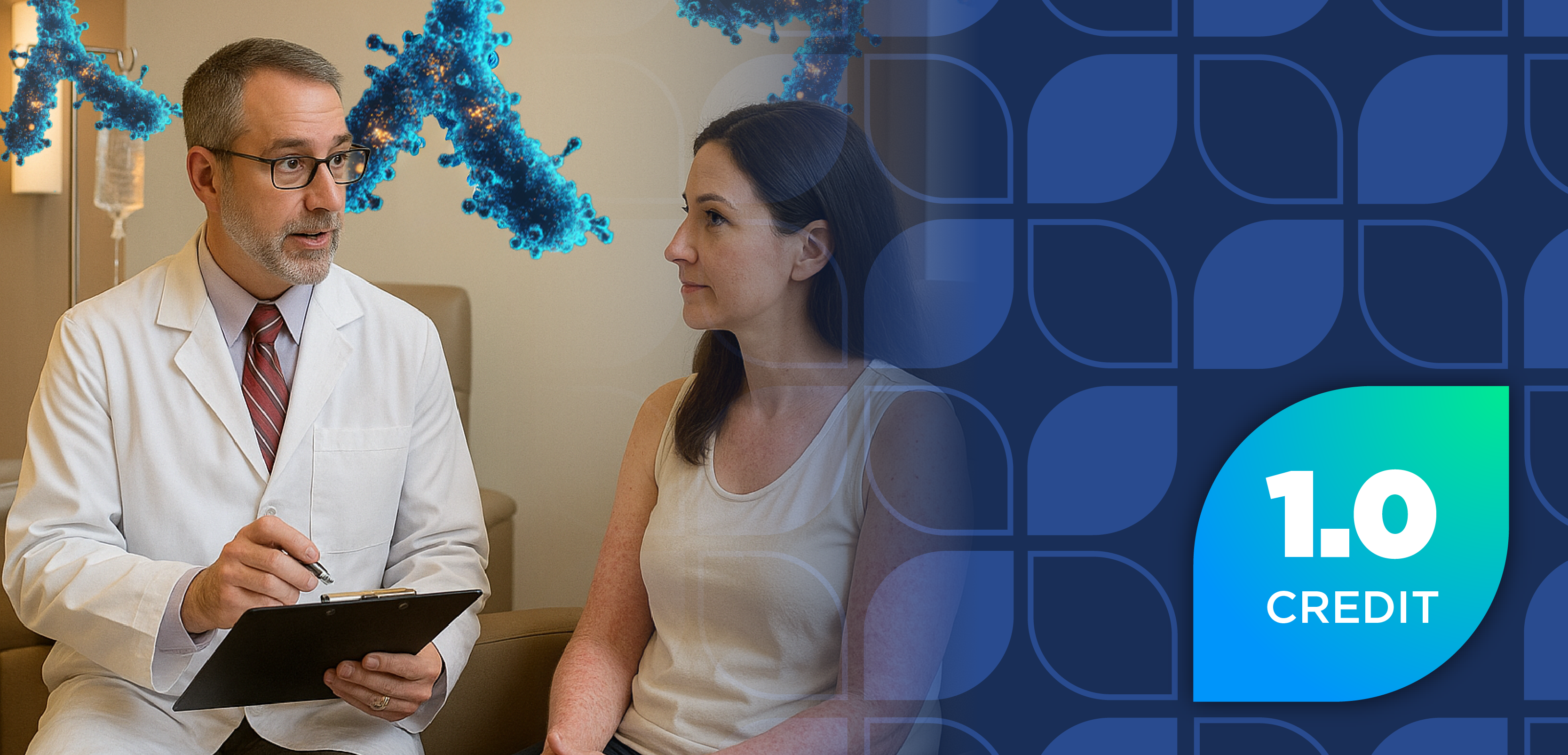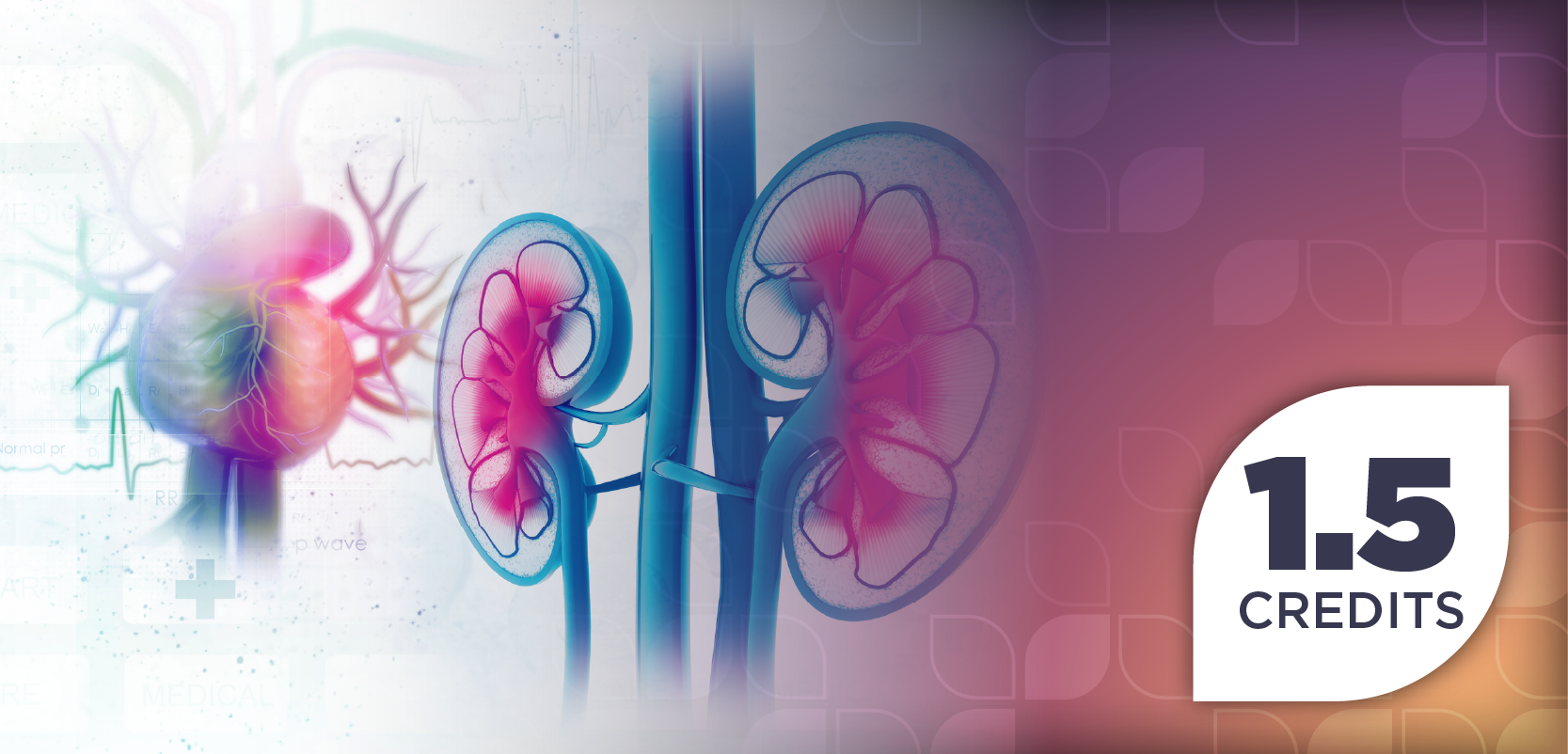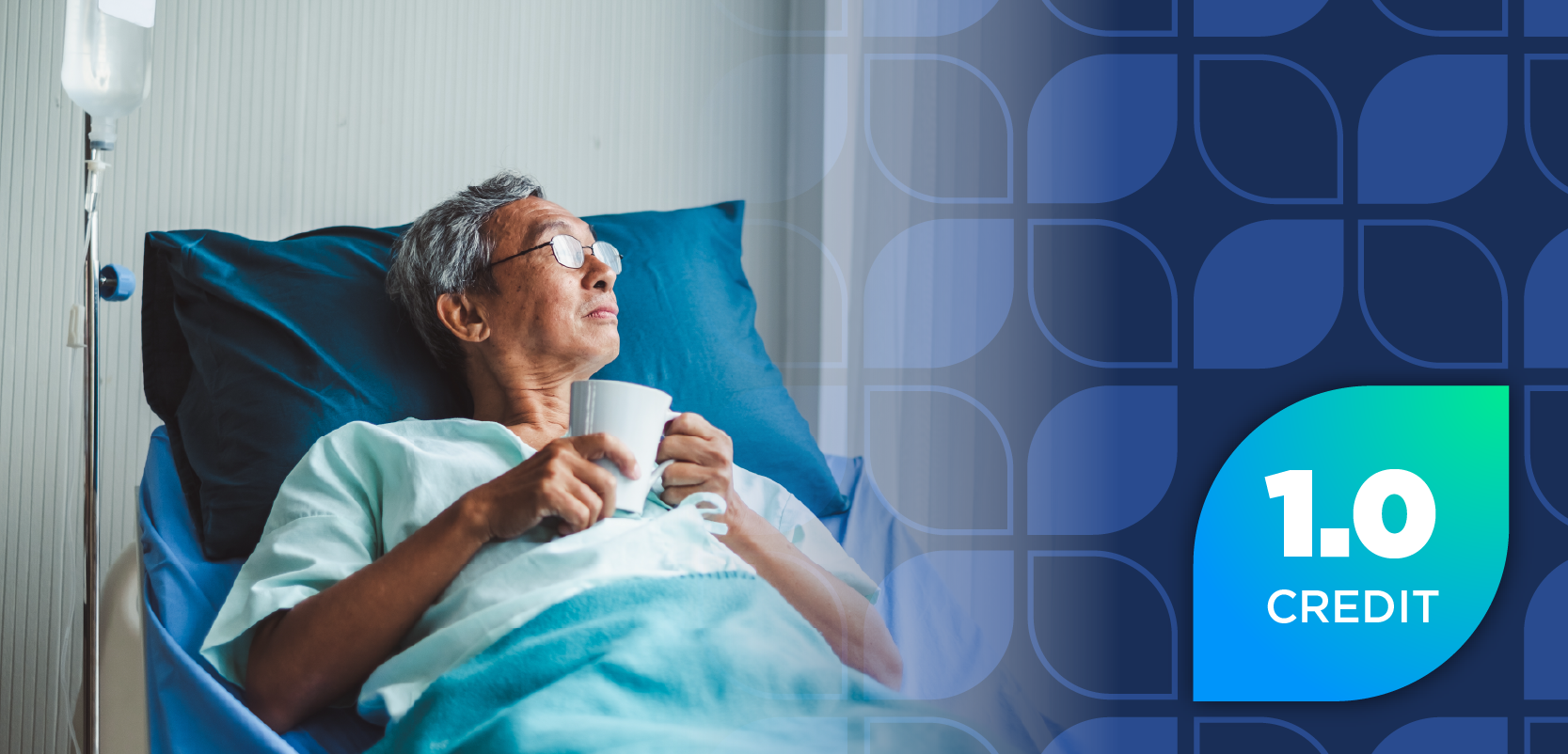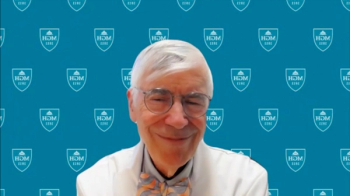
MSSP ACOs Fall Short of Projected Savings Estimates
With most accountable care organizations (ACOs) continuing to participate in the upside-only track, the Medicare Shared Savings Program has not netted the savings that the Congressional Budget Office estimated in 2010. But some findings indicate the program will see greater savings as more ACOs transition to the downside-risk tracks and gain more years of experience.
With most accountable care organizations (ACOs) continuing to participate in the upside-only track of the Medicare Shared Savings Program (MSSP), a new analysis from Avalere has found that MSSP has not netted the savings that the Congressional Budget Office estimated in 2010.
According to the research, which was funded by the Pharmaceutical Research and Manufacturers of America, the fact that the MSSP has performed below CBO’s estimates raise questions about the long-term success of the alternative payment model. Avalere used 2012-2016 MSSP ACO participation and performance data to estimate aggregate net savings.
There are currently 562 ACO participants in MSSP, but most choose to participate in the track that does not require them to repay CMS if they spend above targets.
Avalere found that while CBO projected MSSP would produce $1.7 billion in net savings to the federal government from 2013 to 2016, the reality was that MSSP actually increased federal spending by $384 billion during that same time period.
However, previous research has shown that ACOs improve their performance as they gain years of experience, and Avalere’s analysis backs that up. ACOs in the fourth year of the program produced savings for the federal government totaling $152 million. According to Avalere, CBO may not have taken into account the time it would take for ACOs to gain experience before they produced consistent savings.
In addition to more experienced ACOs netting more savings, Avalere also found that ACOs in the tracks with downside risk also had greater savings and reduced federal spending by $60 million over 5 years compared with the upside-only ACOs that increased federal spending by $444 million. These findings suggest that CMS could potentially see greater savings as more ACOs transition to the downside-risk tracks.
“While data do suggest that more experienced ACOs and those accepting 2-sided risk may help the program to turn the corner in the future, the long-term sustainability of savings in the MSSP is unclear,” John Feore, director at Avalere Health,
Newsletter
Stay ahead of policy, cost, and value—subscribe to AJMC for expert insights at the intersection of clinical care and health economics.



